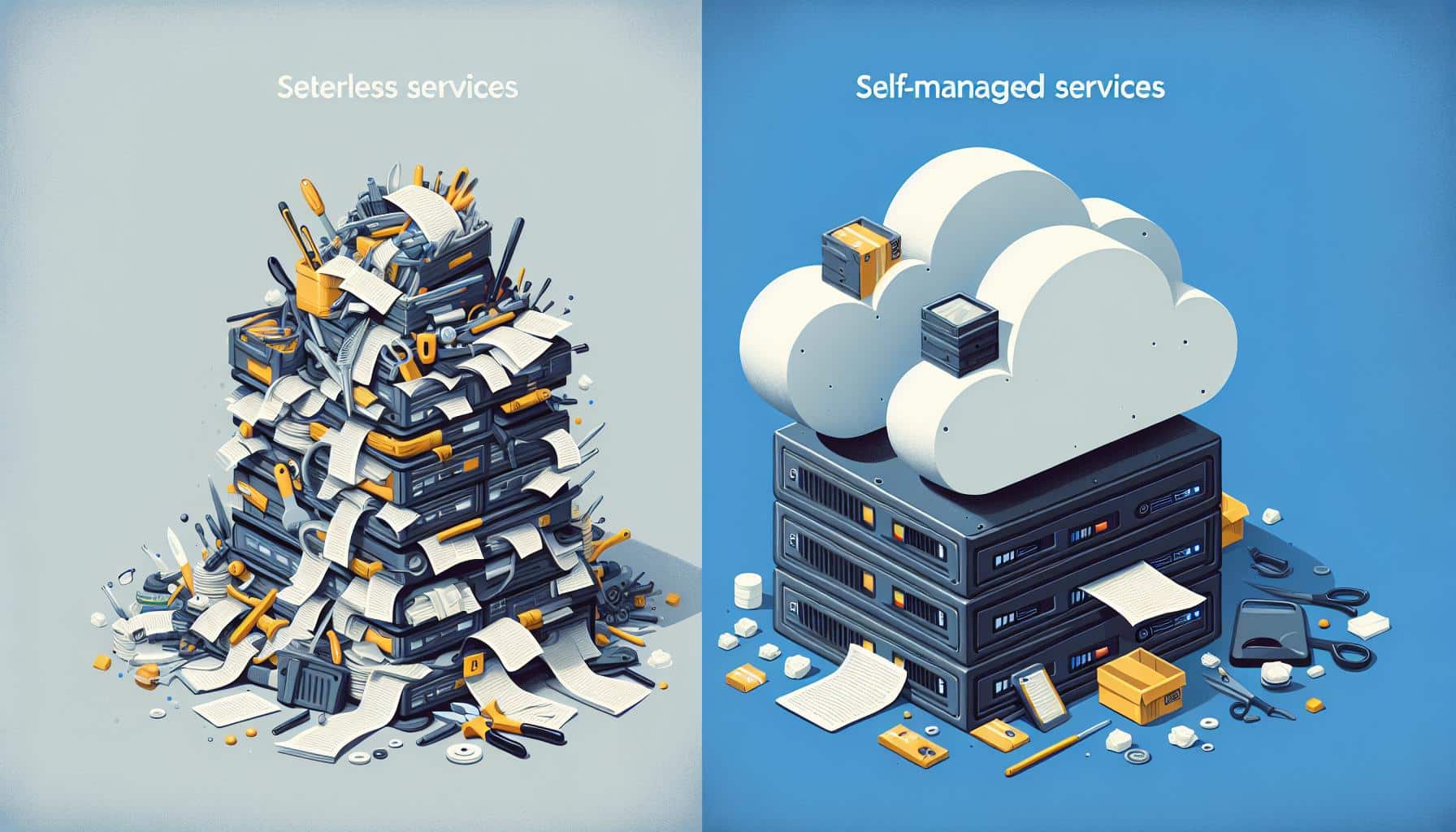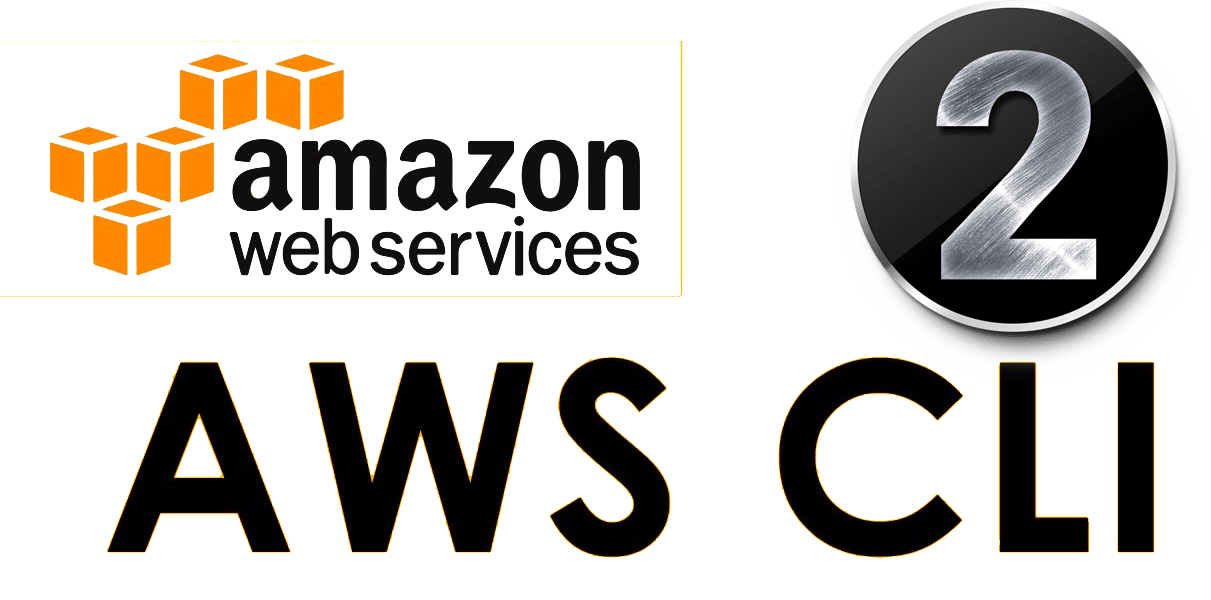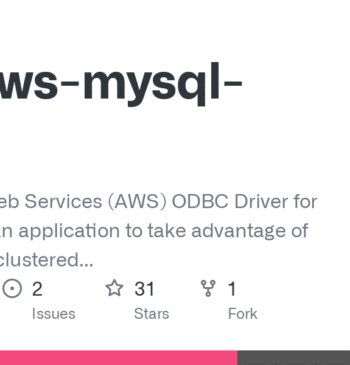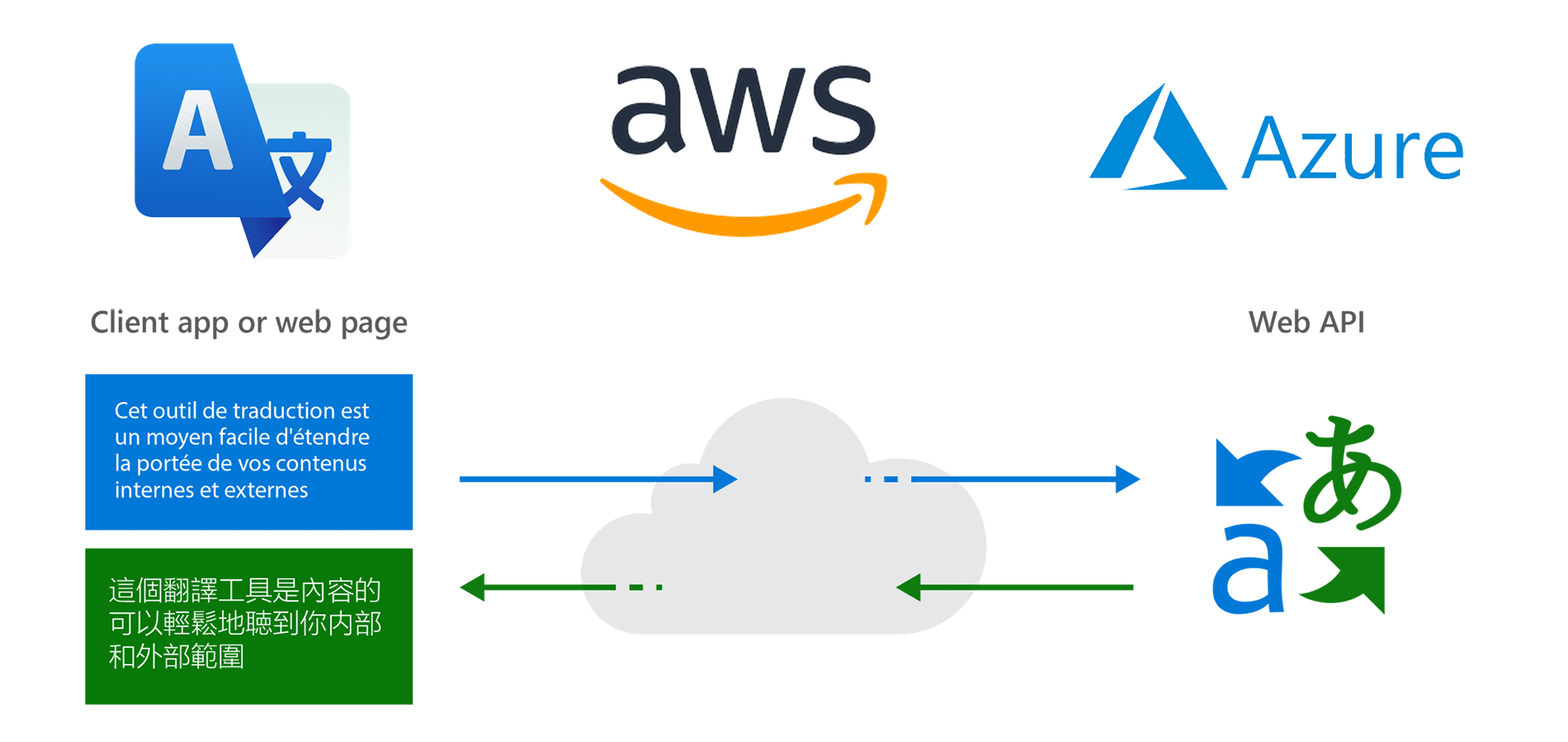31 Jul

In the evolving landscape of cloud computing, choosing between serverless and self-managed services can significantly impact your application’s performance, scalability, and maintenance overhead. Both approaches have their merits and drawbacks, and understanding these can help you make an informed decision based on your specific needs. This article delves into the key differences, advantages, and disadvantages of serverless and self-managed services.
What is Serverless Computing?
Serverless computing is a cloud computing execution model where the cloud provider dynamically manages the allocation of machine resources. Commonly associated with functions-as-a-service (FaaS), serverless allows developers to deploy code without worrying about the underlying infrastructure. AWS Lambda, Azure Functions, and Google Cloud Functions are popular examples of serverless platforms.
Advantages of Serverless Computing:
- Cost Efficiency: You only pay for the compute time you consume. There are no charges for idle resources.
- Scalability: Serverless architectures automatically scale with the number of requests. This ensures that your application can handle varying loads without manual intervention.
- Reduced Operational Overhead: The cloud provider manages server maintenance, patching, and scaling, freeing up your team to focus on application development.
- Faster Time to Market: Developers can quickly deploy and update functions, accelerating the development lifecycle.
Disadvantages of Serverless Computing:
- Cold Start Latency: Initial requests can experience delays as the function container starts up, affecting performance.
- Limited Execution Duration: Serverless functions often have maximum execution time limits (e.g., AWS Lambda’s 15 minutes).
- Vendor Lock-In: Relying on a specific cloud provider’s serverless platform can make it challenging to switch providers later.
- Complexity in Debugging: Distributed nature of serverless applications can complicate debugging and monitoring.
What are Self-Managed Services?
Self-managed services involve deploying, configuring, and maintaining your own servers, whether on-premises or in the cloud. This approach gives you full control over the infrastructure, operating systems, and application stack.
Advantages of Self-Managed Services:
- Full Control: Complete control over the server environment allows for customized configurations and optimizations specific to your application.
- Predictable Performance: Dedicated resources ensure consistent performance without the variability of shared environments.
- Security and Compliance: Greater control over security configurations and compliance measures, essential for sensitive applications.
- No Vendor Lock-In: Freedom to choose any cloud provider or on-premises infrastructure without being tied to a specific vendor’s ecosystem.
Disadvantages of Self-Managed Services:
- Operational Overhead: Requires significant time and expertise to manage servers, handle updates, and ensure uptime.
- Scalability Challenges: Scaling self-managed services can be complex and often requires manual intervention or sophisticated orchestration tools.
- Cost: Upfront and ongoing costs can be higher due to the need for dedicated resources and personnel to manage the infrastructure.
- Longer Time to Market: Deployment and configuration processes can be time-consuming, delaying the release of new features.
Use Cases and Considerations
When to Choose Serverless:
- Event-Driven Applications: Ideal for applications with unpredictable workloads or those that respond to events, such as real-time data processing, IoT backends, and mobile backends.
- Microservices Architecture: Serverless is well-suited for microservices, allowing independent deployment and scaling of each service.
- Startups and Small Teams: Lower operational overhead and costs can be advantageous for small teams focused on rapid development and iteration.
- Short-Lived Processes: Functions that perform quick tasks, like data transformations or API requests, are perfect for serverless execution.
When to Choose Self-Managed:
- Long-Running Applications: Applications requiring long-running processes or persistent connections benefit from the control provided by self-managed environments.
- High-Performance Computing (HPC): Workloads demanding high computational power and low latency, such as scientific simulations and financial modeling, are better suited for dedicated resources.
- Custom Requirements: Applications with specific hardware, software, or compliance requirements that cannot be met by serverless platforms.
- Large Enterprises: Organizations with the resources to manage complex infrastructure and the need for consistent, predictable performance.
Hybrid Approaches
Many organizations adopt a hybrid approach, combining serverless and self-managed services to leverage the strengths of both. For example, a company might use serverless for front-end API processing while relying on self-managed databases for backend storage.
Benefits of Hybrid Approaches:
- Flexibility: Allows for the use of the best tool for each job, optimizing performance and cost.
- Resilience: Distributing workloads across different environments can enhance fault tolerance and reliability.
- Optimized Resource Utilization: Combining serverless and self-managed services can ensure efficient use of resources based on workload requirements.
Challenges of Hybrid Approaches:
- Complexity: Managing and integrating different environments can increase architectural complexity and operational challenges.
- Cost Management: Keeping track of costs across multiple platforms requires careful monitoring and management.
Conclusion
Choosing between serverless and self-managed services depends on various factors, including workload characteristics, development speed, operational capabilities, and cost considerations. Understanding the advantages and disadvantages of each approach allows you to make informed decisions that align with your business goals. As cloud technologies continue to evolve, staying updated on the latest trends and best practices will help you optimize your infrastructure and drive innovation.



